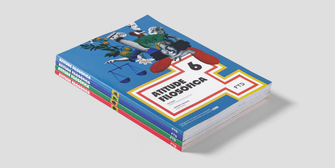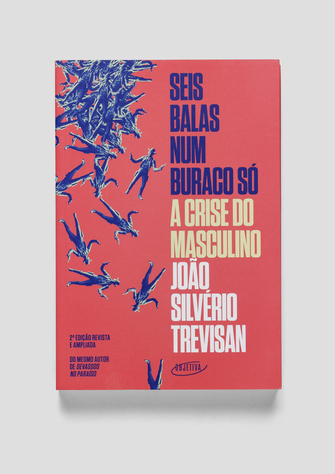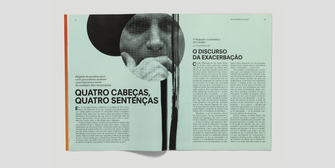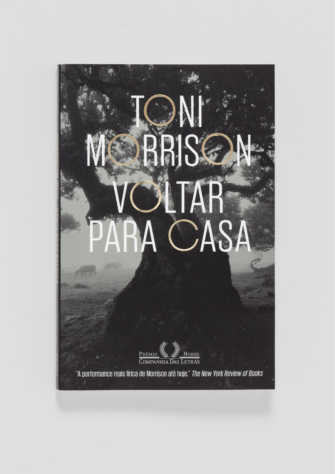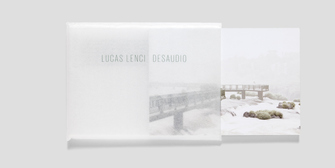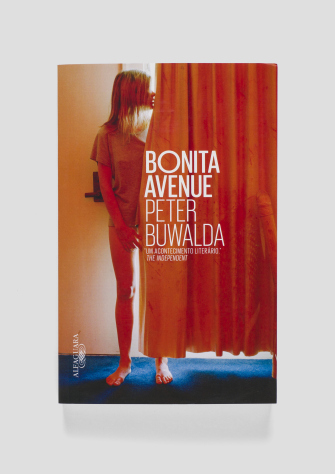Baiôa without dice to die
Life in the village of Gorda-e-Feia (“Fat-and-Ugly” in a loose translation) is monotonous. With its elderly inhabitants awaiting judgment day, the routine is seasoned with wine, gossip, curses, suicides, traditions, and a constant sense of abandonment. With the arrival of a new resident, a teacher who self-exiles to the village of his grandparents, old Joaquim Baiôa finds a partner to assist him in the mission of restoring the ancient houses in ruins. He revives the hope of attracting new inhabitants and resurrecting life where death lurks in every stone of the dusty, nearly deserted streets.
The story, initially picturesque and light-hearted, gradually takes on a more melancholic tone as it delves into the theme of death. The publisher’s briefing suggested a figurative approach, and I invited graphic artist Fernando Vilela — known for his research into regionalist scenes and his sensitive, more abstract perspective — to illustrate the landscape of this village. The scene he crafted, with large areas of color and wooden textures, situates the reader in a roadbook while also paints nuances that speak to the subjectivity present in the novel.
Biblioteca Azul
illustration: Fernando Vilela
16 × 23 cm

































